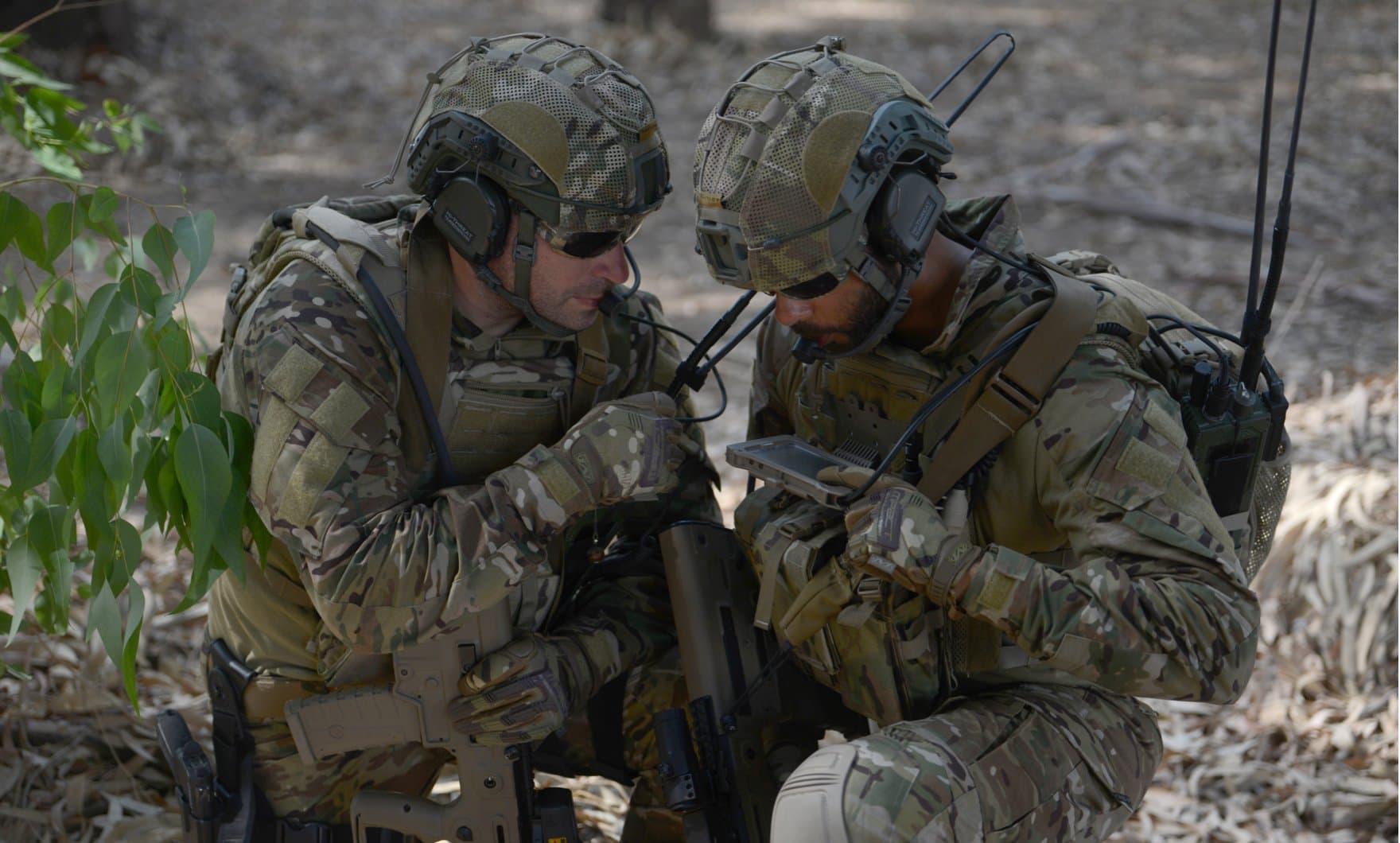The addition of new communications equipment can drastically improve the capabilities of a unit or organization. Effective military and public service communications demand rapidly deployable solutions that are both durable and reliable. Good teams need the best equipment to accomplish the mission.
Acquiring new communications equipment, even tactical communication equipment, is typically not the tricky part of the improvement process. The real challenge comes with the integration of new gear once it is purchased.
Leaders at every level, as well as end-users, have felt the frustration of new communications gear. Too often, equipment is pushed to the end-user with little to no training. The result is frustration and diminishing the effectiveness of a group’s overall communication capabilities.
Following the steps of the Continuous Improvement Model is one of the best ways to integrate new communications gear. While the model is not a perfect fit, the four steps of the process will significantly improve everyone’s experience and help to maximize the benefits of new gear.
Continuous Improvement Model
- Plan
- Do
- Check
- Act
Plan
The planning stage is the most important. As a former Major in the United States Marine Corps, I have seen many times when the absence of planning, particularly related to new communications equipment, caused a great deal of frustration. The planning stage sets the foundation for success.
The first step in the planning phase is to select a leader in charge of orchestrating the new gear’s integration. The leader must be someone who wants to take an active role in the project. Choosing someone who is not personally invested in the success of the program will hurt the integration process.
The best companies to partner with will offer training on their communications gear. Look to send the chosen leader to train-the-trainer classes if they are available. Spending several days with the equipment and qualified instructors will help build confidence in the equipment and buy-in for everyone.
Setting goals is the next part of this phase. Decide on the outcomes you want this new gear to achieve. List the steps for achieving these goals and help the designated leader assign a responsible party for each step. It is essential to make sure the goals and actions are clearly defined and achievable.
Finally, collect all manuals and related materials relevant to learning the equipment. If the manuals are too confusing, take the time to create your own training products with the manuals as a guide. You understand your team better than anyone else. Create training aids you know will be easily understood. Skipping this step will often cause a resistance to change, especially from the end-user.
Do
With the planning phase complete, you are ready to introduce your new communications gear to leaders and end-users who were not a part of the planning team. Teaching and testing are the two actions that make up this phase in the continuous improvement model. While they are separate tasks, they are conducted at the same time.
Teaching is pretty straightforward and involves taking the materials you collected and created in the planning phase and presenting them in a classroom setting. For some units, it may be best to teach in the field.
It is important to remember your audience during the teaching process. Some members of your organization will only need to understand what the equipment is capable of and how it will be used. End-users will need a much more in-depth understanding of how to use the gear and troubleshoot it. Teach only the material each group needs to know.
Testing is a part of teaching, but it is significant enough to mention it as a separate part of the process. No two people are the same, and individuals learn and retain information at different rates. During periods of instruction, check with students to see that everyone understands the topic fully.
Testing with communications equipment is best conducted through hands-on evaluations. Even if your equipment has user-friendly features like 5-minute boot time, even after a hard shutdown, still make sure each end-user can reboot the system on their own.
Check
Successfully adding new equipment to a unit is an ongoing process. New personnel require training on the gear, people forget what they have learned, and sometimes end-users find better ways to operate their equipment than planners and trainers had envisioned.
In this phase, it is essential to review, perhaps quarterly, how the equipment is working out. Meet with the people that have the most exposure to the gear and ask for their feedback.
Good questions to ask include:
- Is the communications equipment working as it should?
- Have there been any issues with the equipment?
- Is there anything that would improve the equipment?
- Are you using the equipment in any way that is different than the way you were trained? If so, why?
The check phase not only gives you an idea of whether or not the knowledge is retained, but it can also help improve your organization’s use of the equipment.

Act
The final phase of the process is linked to the check phase. After looking into how the gear is working and whether or not the information conveyed during teaching was retained, you are ready to evaluate and make changes if needed. In some cases, no action will be required. For others, what you uncover during the check phase may lead you to go back to the do phase and re-teach the material.
What is crucial here is to be proactive about maximizing the effectiveness of the new communications equipment. If the end-user doesn’t believe leaders have buy-in with the equipment, they are more likely to forget how to use it. If a team member identifies an area of understanding that needs a refresher lesson, take the time to review this portion of the training with them. Take action as needed and then repeat the whole process.
If your unit is fortunate enough to have simple, portable, and configurable communications gear purchased, make the most of it. Use the continuous improvement cycle steps to make the integration of new equipment as smooth and as beneficial as possible.
If you are looking for communications equipment that is durable and reliable speak with the experts at Base Camp Connect and see how they can help you meet the communication challenges of today and tomorrow.














